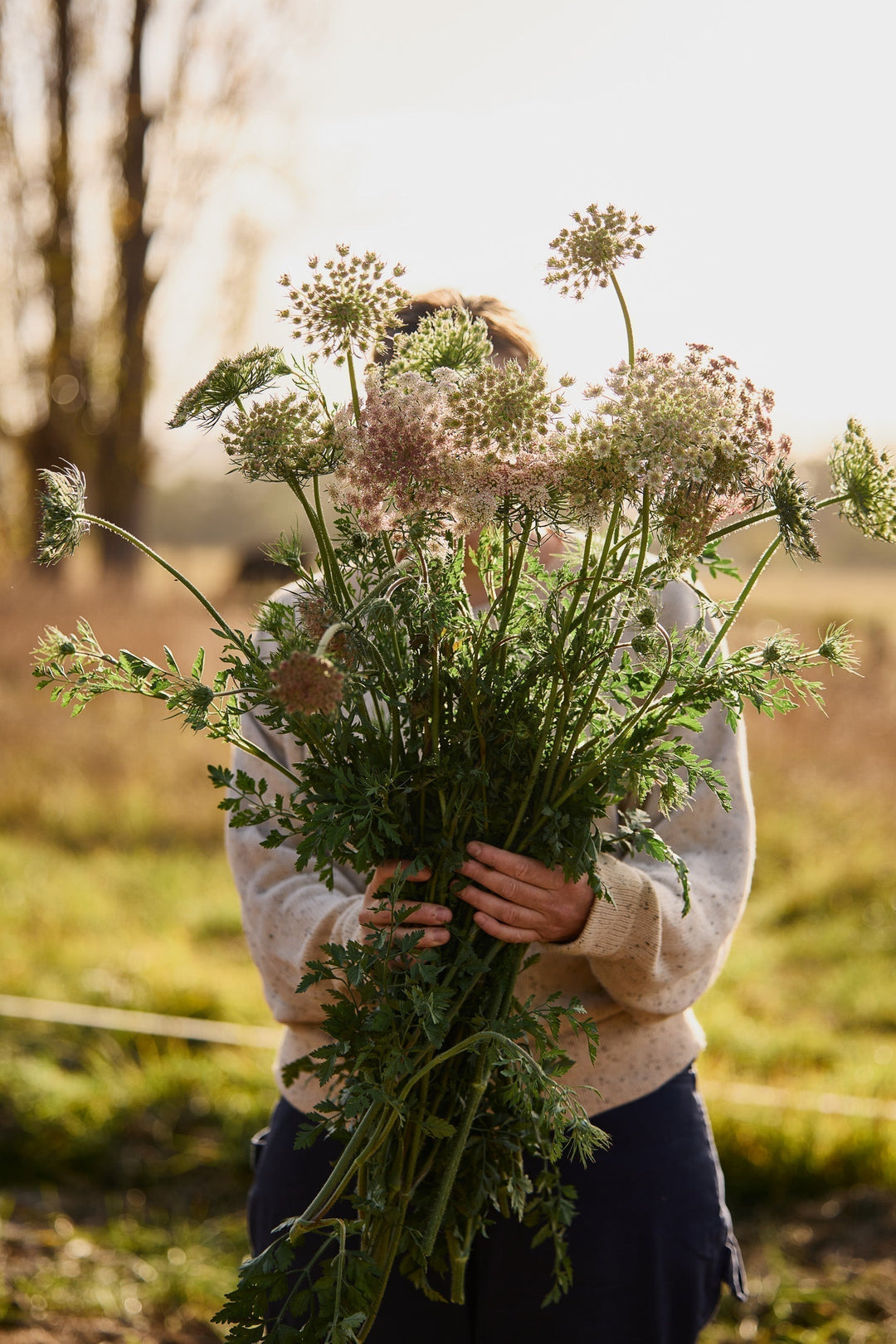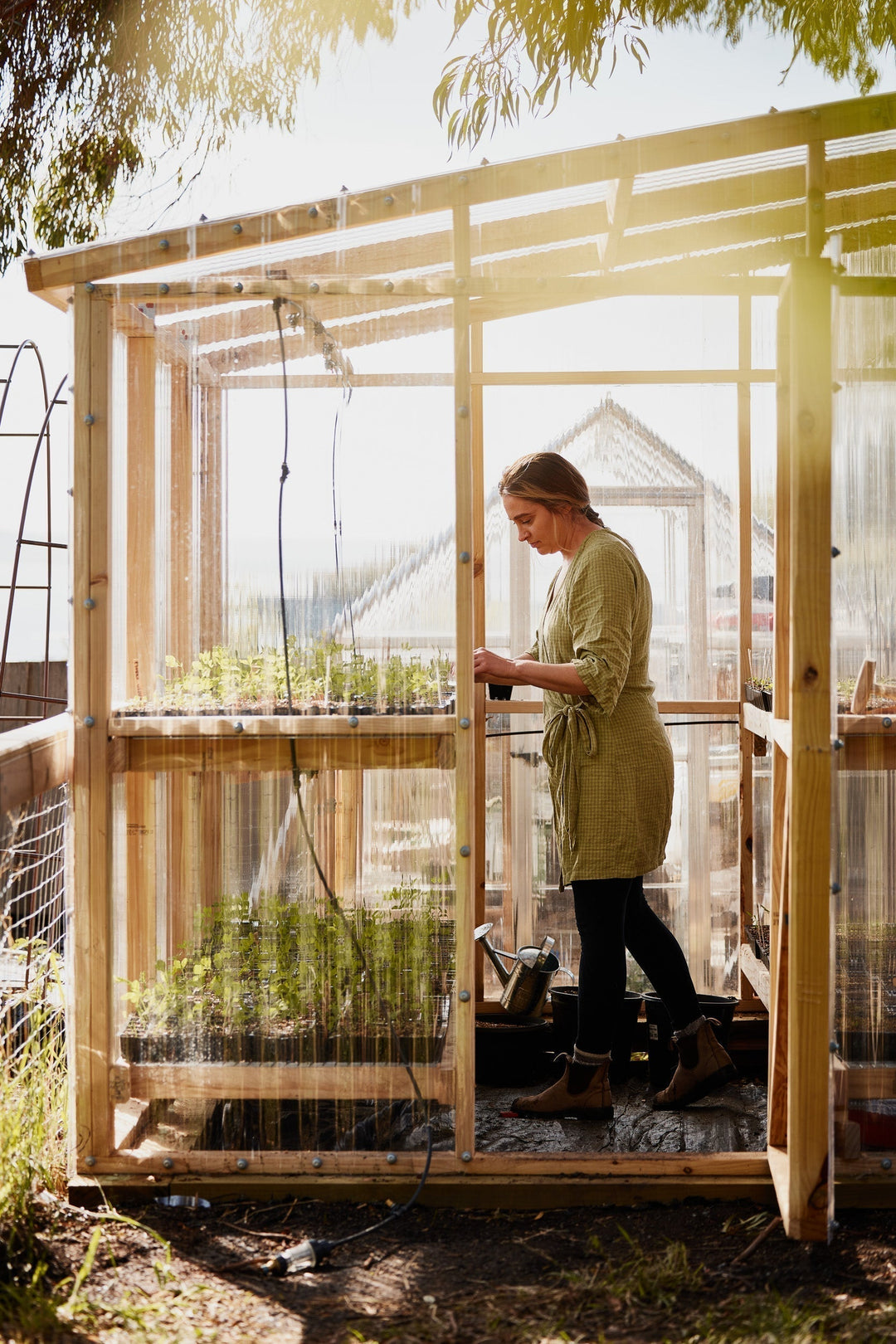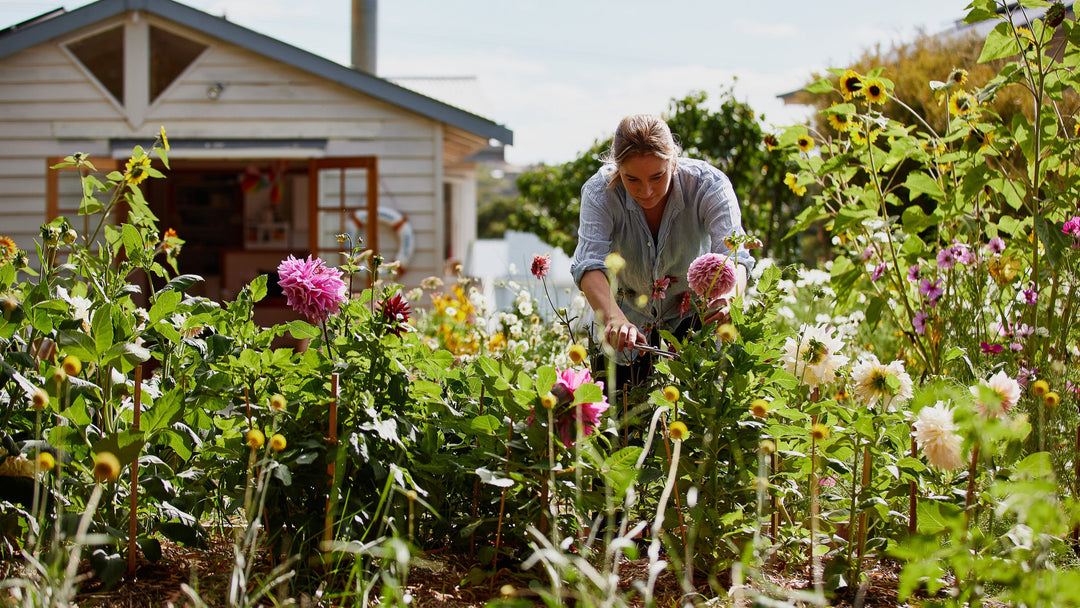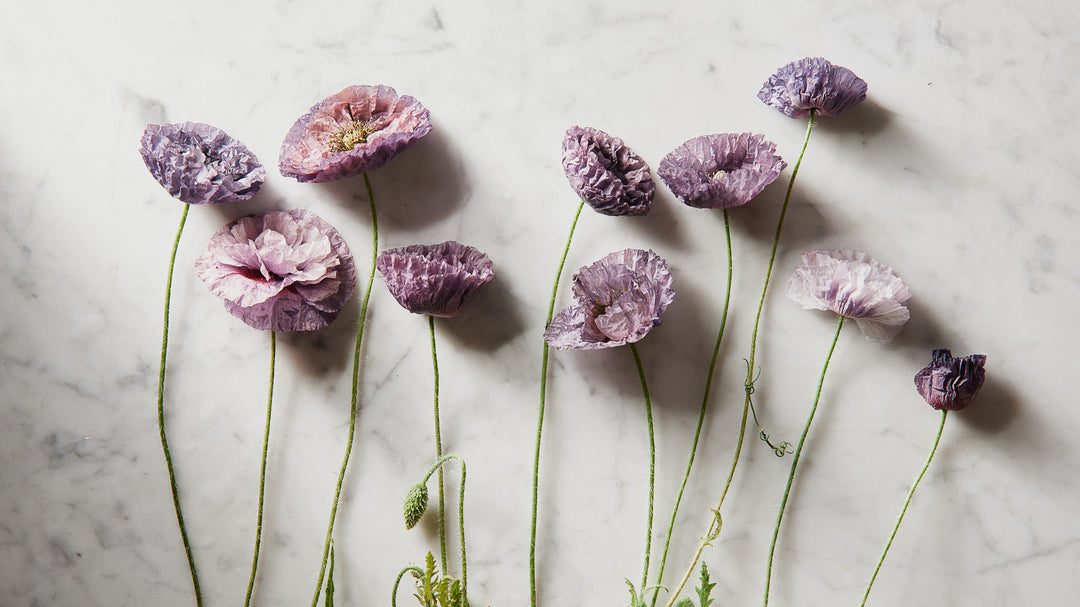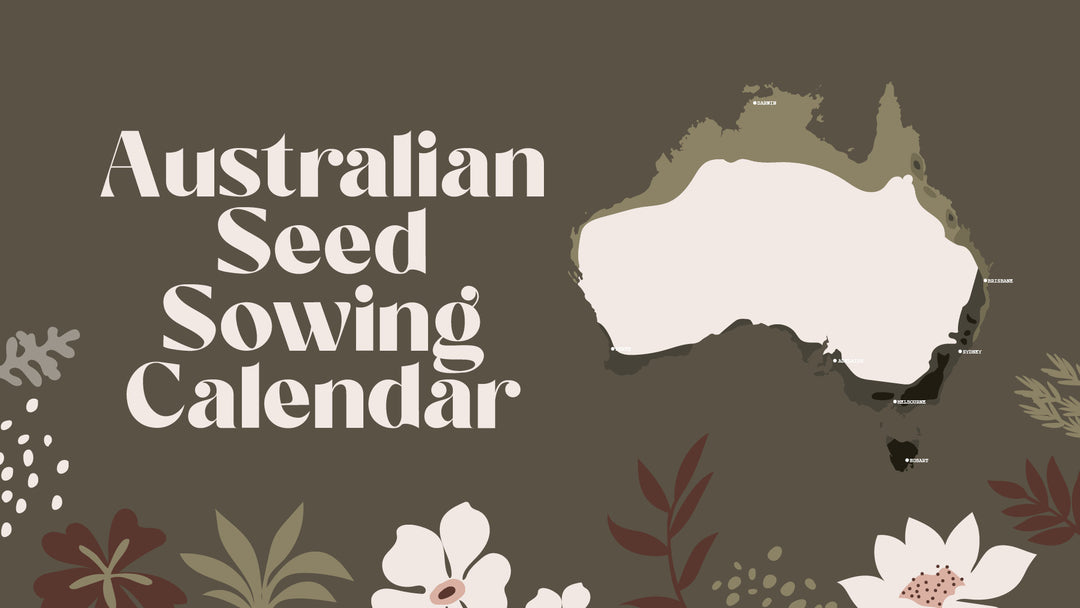Companion Planting: Flowers That Grow Together To Benefit Each Other

As the name suggests, companion planting involves strategically positioning plants that offer mutual benefits to each other, such as suppressing weeds, providing habitats for beneficial insects, enhancing pollination, controlling pests and optimising your space.
Some of the most well known combinations include the basil, marigold and tomato friendship. Some gardeners say that planting tomatoes and basil together increases growth and amplifies the flavour of both plants. I definitely know freshly picked tomatoes and basil from the garden taste really good together! Whilst marigolds repel the unwanted insect pests.
Another is the ‘three sisters’ technique, combining corn, pumpkin, squash or zucchini and climbing beans or peas. The tall corn provides a support structure for the beans to climb and the pumpkin, zucchini or squash sprawls underneath them, suppressing weeds, reducing water loss and maximising space.
Recently we have been thinking how particular flowers in the garden look together, the different shapes, heights, textures and colour hues are just amazing and I have done some investigating on how flowers may benefit each other.
Some complimentary combo’s we came up with are as follows, we think they look lovely together and are beneficial in others ways.
- Rosemary and Dahlias. Rosemary is another excellent gastropod deterrent, if there is one thing snails and slugs love it’s the new leaves of my emerging Dahlia! Rosemary will help deter them!
- Cosmos and Nasturtium, the trailing, large leafed foliage and flowers of nasturtiums will act as a great ground cover keeping it cool and moist while being another pest deterrent. Nasturtium come in loads of colours these days, making it fun to choose one or two to match your favourite cosmos colours! I love the deep reds of Nasturtium Tom Thumb Black Velvet alongside Cosmos Rubenza or Velouette and the peachy tones of Nasturtium Salmon and Cosmos Apricot and Apricot Lemonade are another favourite.
- Marigold is perhaps the most well known of pest deterrents, along with the good old Chrysanthemum - they can even send mosquitos on their way due to certain oils that give them their pungent scent— specifically, pyrethrum.
- Zinnia and Marigold are both from the same family and enjoy the same growing conditions ensuring they thrive together, I love the multi-petaled symmetry of Zinnia and the bobbing heads of the Marigold together.
- Calendula and Cosmos. Calendula is another great one, also known as Pot Marigold, a garden staple that has effectively bridged the gap between ornamental and edible gardening. We use it through a bed of Cosmos as a beautiful lower gap filler.
- Sunflowers and Ground Covers. Alyssum, Candytuft and Viola are such sweet ground covers which do well in part shade, making them an ideal blanket underneath tall varieties such as Delphinium, Hollyhock and of course the tallest flower that springs to mind, Sunflower! Sunflowers grow so quickly you can almost see them, providing fast and effective shade for those ground dwelling flowers.
I hope you're having a wonderful start to spring gardening and having some fun with what works well in your garden, Bec.

 Louis exploring last summer's messy garden.
Louis exploring last summer's messy garden.


